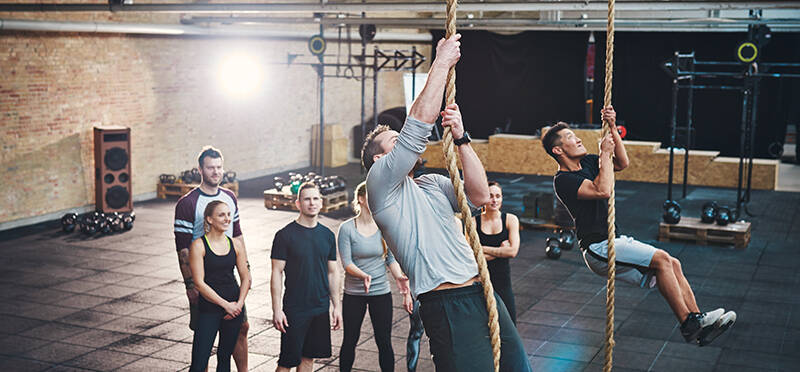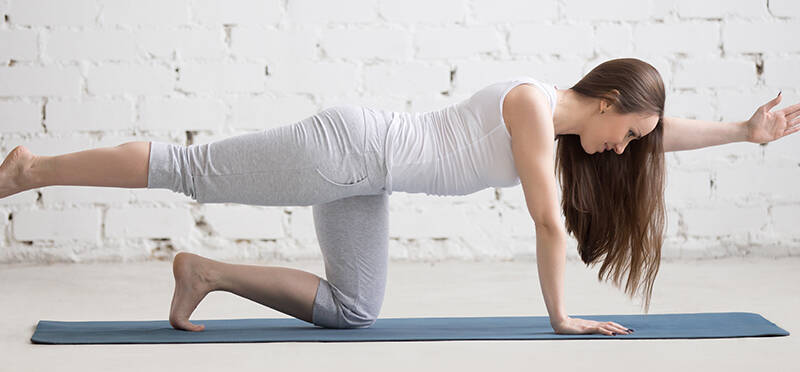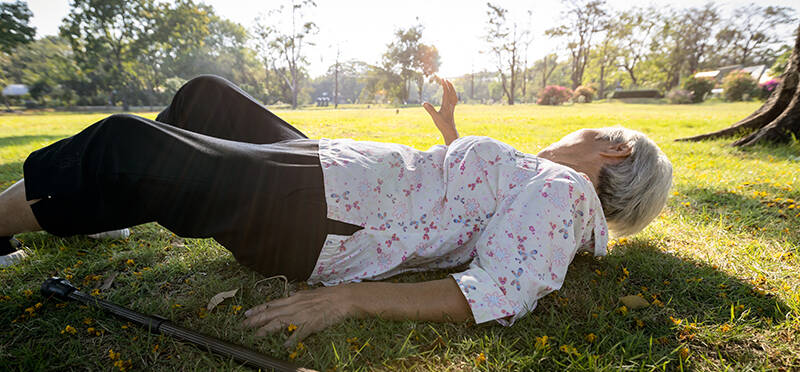Vertigo, Verti-gone: How Physical Therapy Can Help You Shake Dizziness and Prevent Falls
Posted on November 28, 2022 by Molly Runquist, DPT, COMT, Emory Competent, AIB-VRC
You roll over in bed to silence your alarm clock when suddenly, the room begins to spin. You roll quickly...
(more…)











